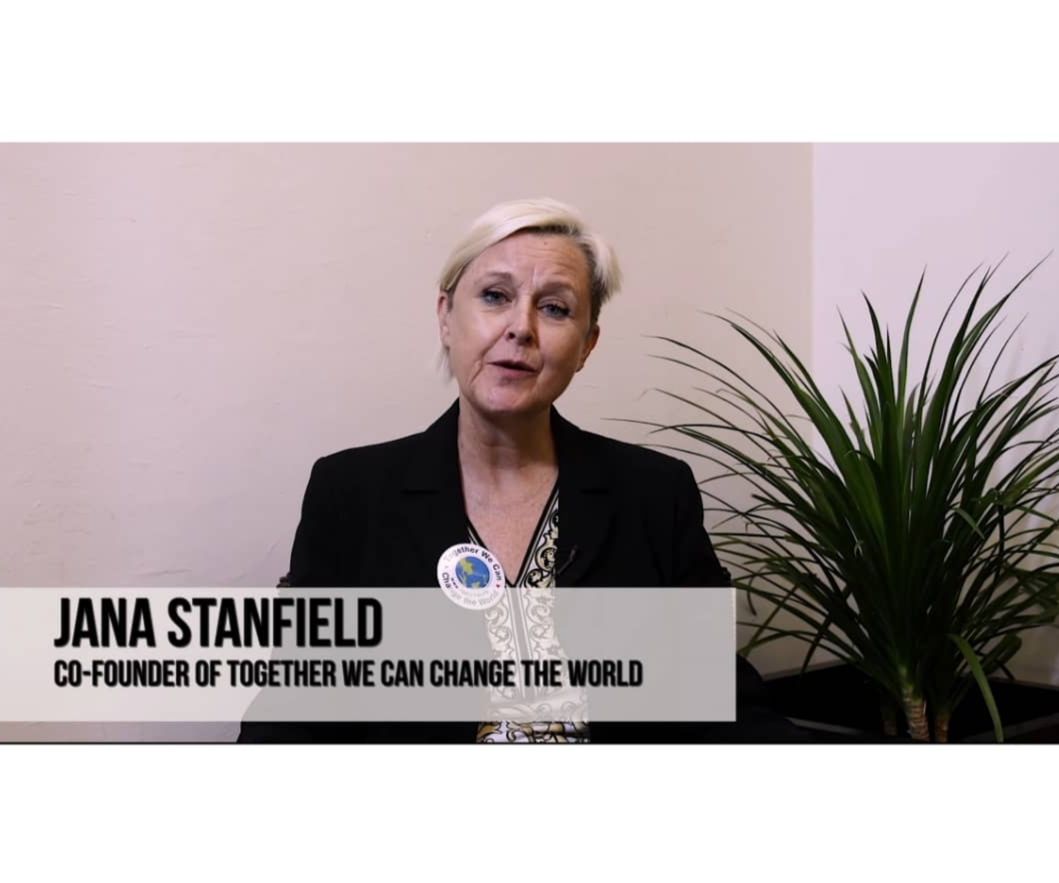Take The Lead From Gandhi

Mahatma Gandhi’s non-violence method in the fight for India’s independence is lauded for its revolutionary principles.
Through peaceful persistence, he helped to push India towards the right direction and, ultimately, his efforts resulted in securing independence for the proud nation.
Using Gandhi’s example, there are plenty of ways for leaders to maintain peace in the workplace without having to resort to methods that may exacerbate the problem.
Two ears, one mouth
Engaging with the affected parties is the first step of finding out all facets of the story. As singer Don Henley says:
“There are three sides to every story: yours, mine, and the cold hard truth”.
This is not to say that one side is wrong or right, but listening to everyone’s side of the story before gathering information from any witnesses will enable you to take a clearer look at the situation.
We all know the implied message behind the saying, “God gave us two ears and one mouth for a reason”. Listen more to the people who are engaged in conflict, rather than trying to rush into the situation by offering mediation too soon.
Actively listen to what’s being said, and speak only when necessary. Hearing what’s being said is easy, but paying attention is a skill – and is the key point of mediation.
This might interest you: Hitler Or Gandhi: Choosing Your Path In Leadership
Root out the problem
Be persistent but tactful. Like Gandhi, ensure that you dig to the root of the problem in order to figure what is going on, but keep tact by remaining calm and flexible.
Sometimes, the source of the problem may be simple, but often it’s more complex. Either way, solutions should be kept as simple and neutral as possible. If there is a simple solution, use it. Trying to needlessly implement complex solutions may deepen the issue at hand.
Keen observation can also help in devising a solution for such a problem. Body language conveys more to us about a person than the words they use.
Keeping an eye out for small gestures and using that as the baseline mood detector can allow you to understand what is going on without having to pry too deeply – sometimes, stubborn parties may speak less or may be unwilling to cooperate at all.
Recommended reading: 3 Ways To Overcome Your Leadership Fears
When the dust settles
If the problem is blown out of proportion, understand that sometimes a solution, although it may appear to be helpful, may not always work.
Mediation always begins with listening and understanding. Only then can peace arise. Be a Gandhi in your workplace: advocate peaceful but tough resolutions so that problems are not only solved amicably, but resolutely.
Drop us a line or two in the comment box below or email us at editor@leaderonomics.com.
Personal
Tags: Be A Leader





